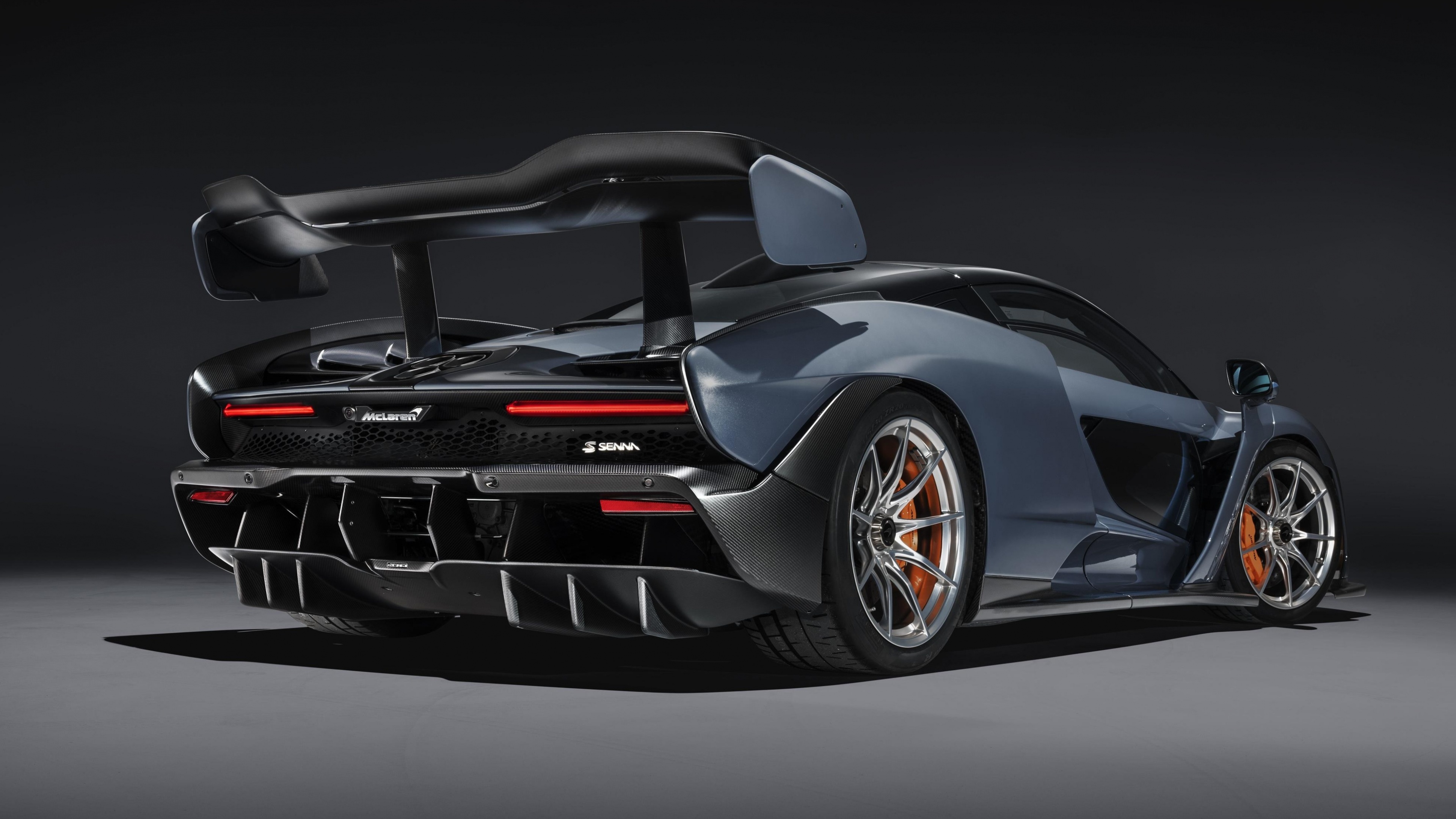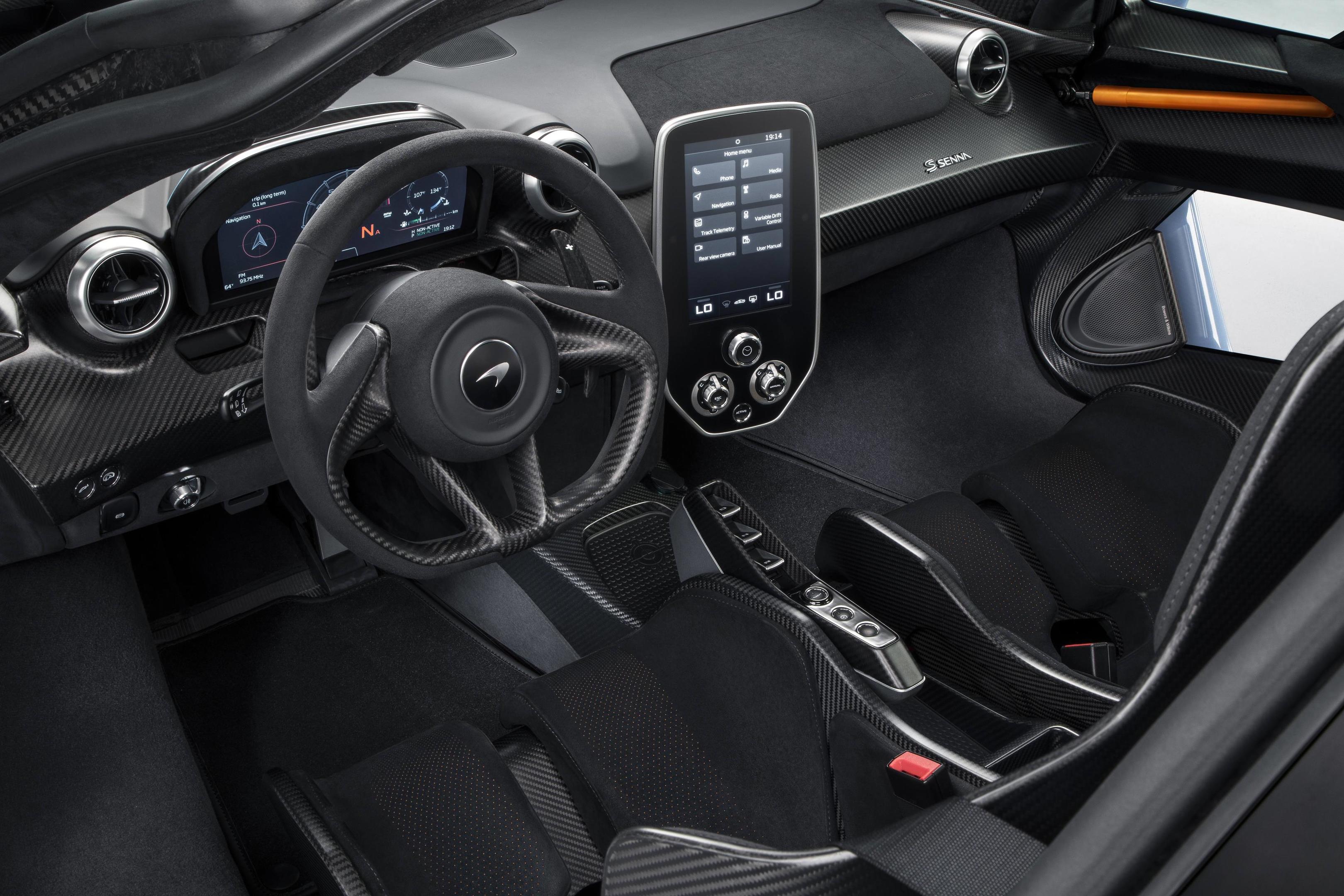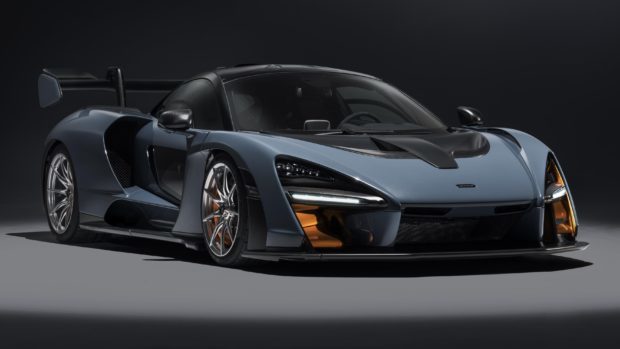McLaren has revealed that its eagerly-awaited Senna supercar will be capable of reaching 211mph and hitting 60mph in 2.6 seconds.
The carmaker has released specifications ahead of the Senna’s unveil at the Geneva International Motor Show on March 6.
The £750,000 limited-run supercar – of which all 500 have already sold out – is to be powered by McLaren’s 789bhp 4.0-litre, twin-turbocharged V8. This is the most powerful engine McLaren has ever put in a road car and also produces 590lb/ft of torque.
A dual-clutch, seven-speed gearbox delivers this immense power to the rear wheels, but the car can also be used in manual via steering wheel-mounted gear shifting paddles.

The British car maker also revealed that the body design, rear wing, as well as both the front and rear active aero have been designed to generate 800kg of downforce when the Senna hits 155mph.
The car, named after legendary Formula 1 racer Ayton Senna, has several different modes, including Comfort, Sport and Track. A special Race mode is also available – selected via a button in the roof-mounted panel – which introduces stiffer suspension, a lower ride height and a lower centre of gravity for optimal performance.

But drivers will need to come to a stop eventually, and this is why McLaren has fitted the Senna with its most advanced road car braking system, for which each CCM-R carbon ceramic brake disc takes seven months to create.
